Introduction
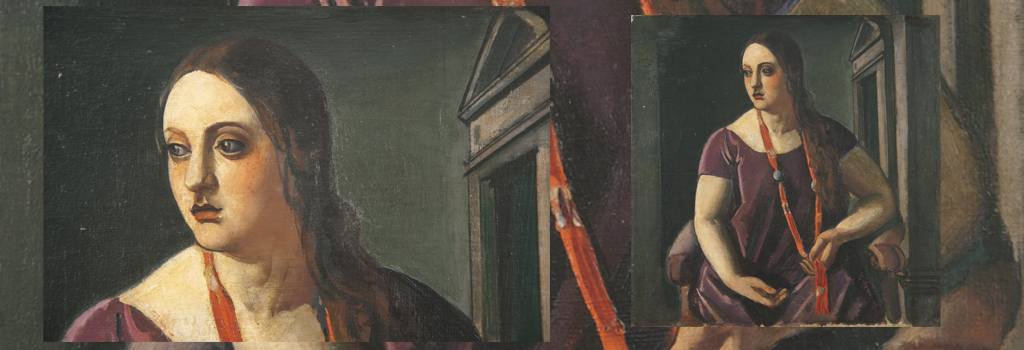
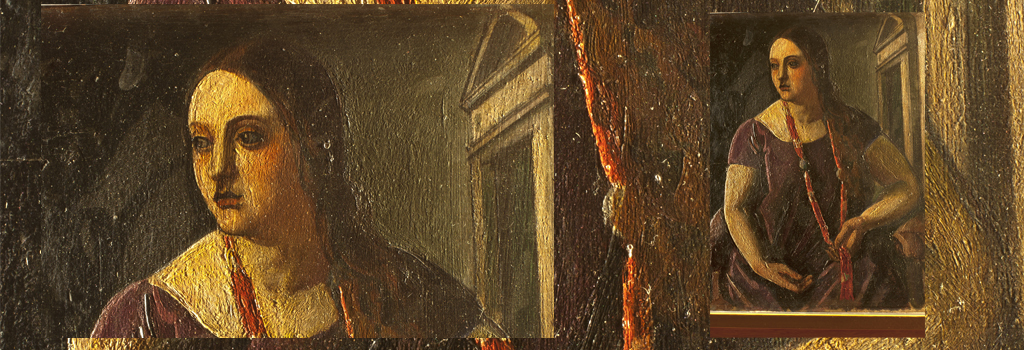
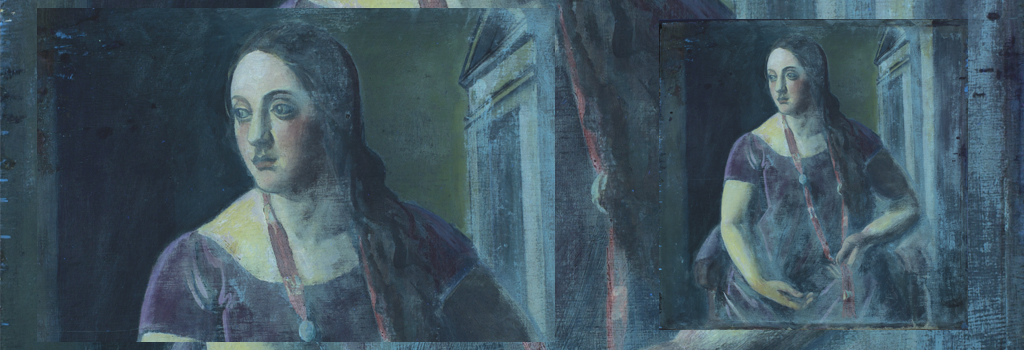
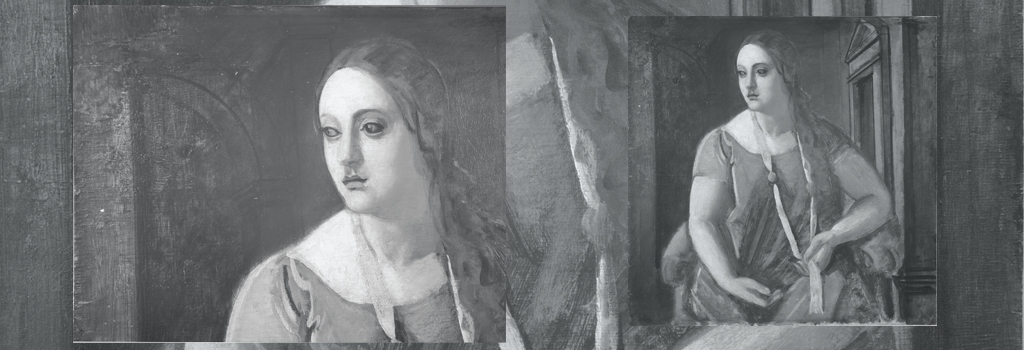
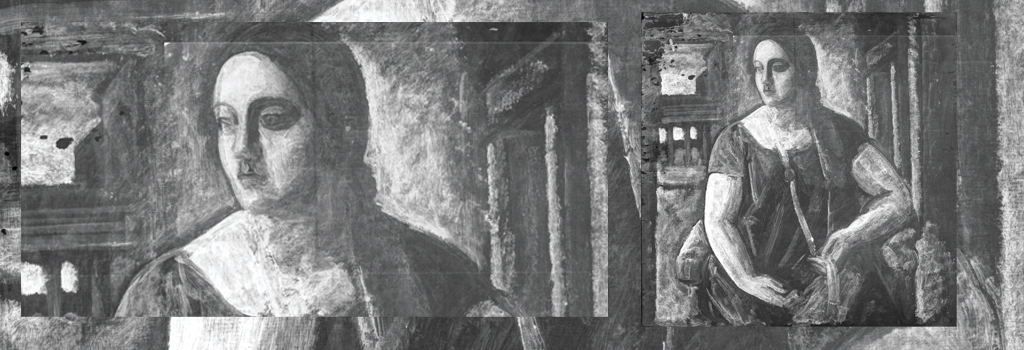
Luz visível
A Advinha(1924) de Achille Funi(1890-1972). Óleo sobre madeira. Coleção Francisco Matarazzo Sobrinho - MAC USP. Fotos: Kajiya, E.A.M. e Campos, P.H.O.V.
Luz Razante
A Advinha(1924) de Achille Funi(1890-1972). Óleo sobre madeira. Coleção Francisco Matarazzo Sobrinho - MAC USP. Fotos: Kajiya, E.A.M. e Campos, P.H.O.V.
Ultravioleta
A Advinha(1924) de Achille Funi(1890-1972). Óleo sobre madeira. Coleção Francisco Matarazzo Sobrinho - MAC USP. Fotos: Kajiya, E.A.M. e Campos, P.H.O.V.
Infravermelho
A Advinha(1924) de Achille Funi(1890-1972). Óleo sobre madeira. Coleção Francisco Matarazzo Sobrinho - MAC USP. Fotos: Kajiya, E.A.M. e Campos, P.H.O.V.
Raio-X
A Advinha(1924) de Achille Funi(1890-1972). Óleo sobre madeira. Coleção Francisco Matarazzo Sobrinho - MAC USP. Fotos: Kajiya, E.A.M. e Campos, P.H.O.V.
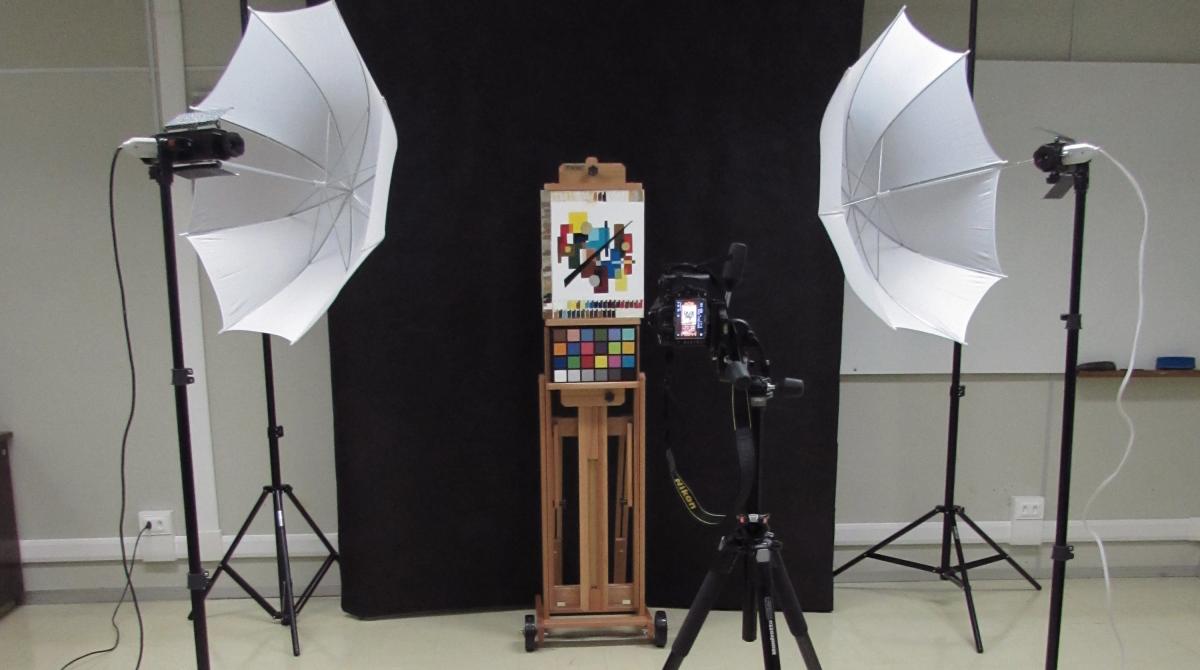
O Núcleo de Apoio à Pesquisa de Física Aplicada ao Estudo do Patrimônio Artístico e Histórico tem interesse em trabalhar com alunos de diferentes áreas para o estudo de acervos de diferentes museus para entender seus materiais e como se modificaram ao longo do tempo, o que possibilita auxiliar na conservação e restauro dessas obras. Interessados entrar em contato pelo e-mail: faepah@if.usp.br
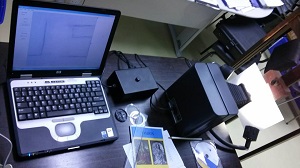
Para agendar horários para a utilização dos equipamentos clique aqui>>
Núcleo de Pesquisa de Física Aplicada ao Estudo do Patrimônio Artística e Histórico - Instituto de Física da USP
Rua do Matão, 187 – Travessa R - Cidade Universitária São Paulo 05508 – 090 Brasil
E-mail: faepah@if.usp.br | Telefone: (11)3091-6939 | Login
Copyright © 2025, NAP-FAEPAH
Designed by NAP-FAEPAH
